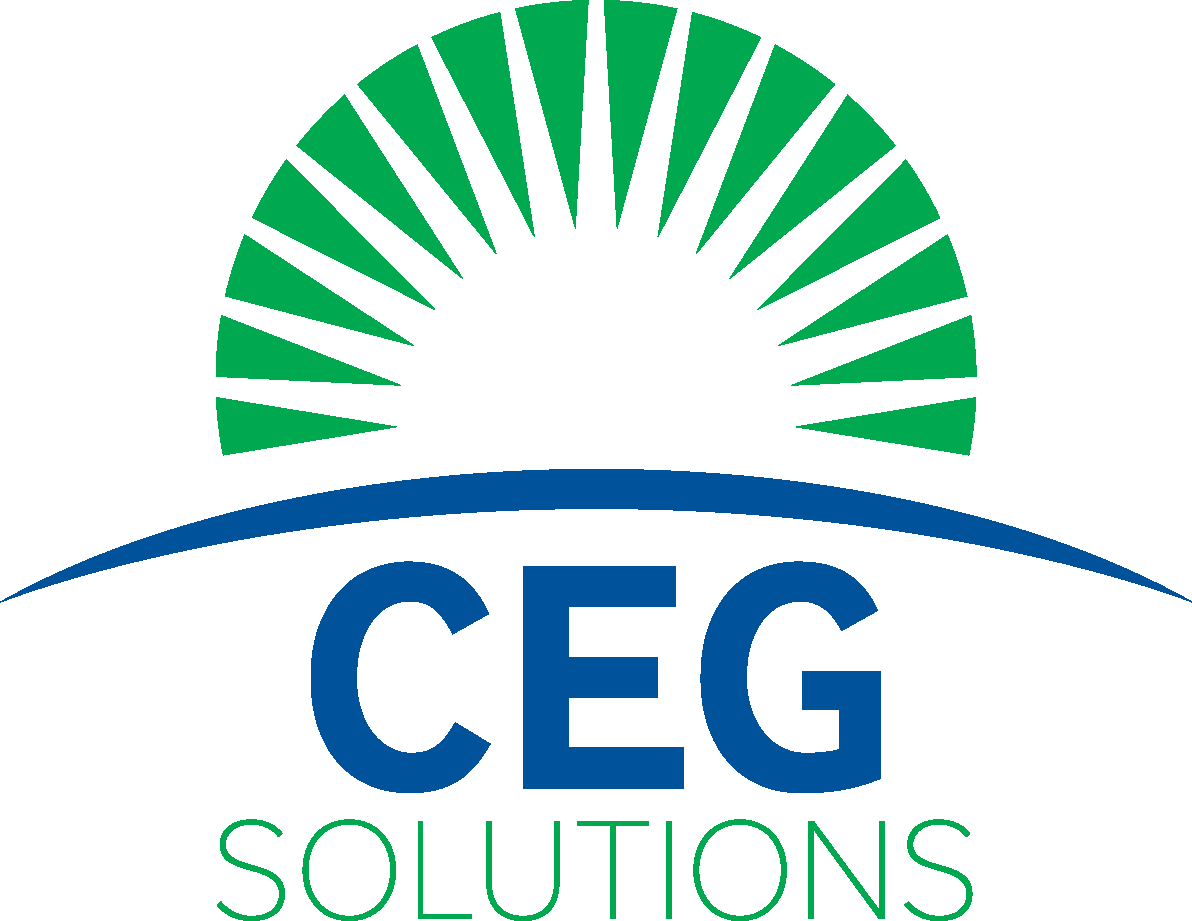De-bunking Myths: Data Centers Should be Cold
Modern data center energy efficiency practices allow data centers to have temperatures up to 80°F. In fact, ASHRAE’s Thermal Guidelines for Data Processing Environments, 4th Edition (2015) recommends data center low-end temperatures of 64.4°F and high-end temperatures of 80.6°F - not ‘cold’ at all. Applying innovative HVAC efficiency measures can greatly reduce electricity use while also improving system resilience.
ASHRAE Thermal Range
The following data center Energy Conservation Measures (ECMs) facilitate higher data center temperatures by lowering fan speeds, raising chilled water temperatures, and utilizing more free cooling.
Hot and Cold Aisles
This technique requires re-organization of data center servers so that servers face one another across walking aisles. In these aisles, cold air is supplied for the servers to draw in. In adjacent aisles, the backs of the servers expel hot air. Effectively, hardware only draws in cool air from the cold aisle, and hot air is only expelled into hot aisles. This control over both supply allows (1) warmer supply air since does not get mixed with hot return air and following, (2) less cooling for the hot return air before being recirculated to the servers.Data Center Containment
Beyond Implementing hot and cold aisles, containments or enclosures can be added to hot/cold aisle data centers to further divide the hot aisles from the cold aisles. Implementing physical barriers can help ensure that the cool supply air and hot return air do not mix.Right-Sizing Air-Side Cooling Equipment
By increasing the temperature of ‘cool’ air supplied to servers, the maximum load density of the center also increases because less cooling is needed to prepare the supply air. By reducing the cooling load, the size of air-side cooling equipment may also be reduced to save energy.Additional Benefit: Reusing Hot, Data Center Return Air
Rather than cooling the warm return air from data centers, in some cases, the warm air can be reused to heat other parts of the building. This ECM reduces energy use by saving energy that would typically be required for other heating purposes within a facility.
Data centers are of prime consideration for ESPC projects, and CEG is an industry pioneer in data center ESPCs. Data centers can consume 100-200 times more electricity than standard office space [1], creating the opportunity for substantial energy savings. As a critical element of facility and organization operation, data centers can also benefit from ESPCs as a vehicle to finance resilience improvements. See our NASA JPL Phase III ESPC Case Study for more information on the savings and resilience opportunities data centers can offer.
Schedule an appointment with an engineer if you want to talk about data center optimization at your facility.
[1] Federal Energy Management Program, Best Practices Guide for Energy-Efficient Data Center Design: https://www.energy.gov/sites/prod/files/2013/10/f3/eedatacenterbestpractices.pdf

